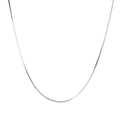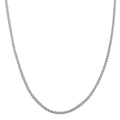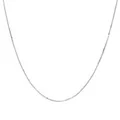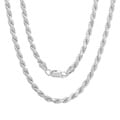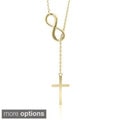Free shipping for orders $50+
- Furniture
-
Rugs
Rugs
-
Indoor Rugs
-
Outdoor Rugs
-
Rug Pads
-
Handmade Rugs
-
Featured Sales
-
- Décor
- Bed & Bath
- Home Improvement
- Kitchen
-
Outdoor
Outdoor
-
Patio Furniture
-
Outdoor Décor
-
Umbrellas & Shades
-
Outdoor Play
-
Yard Care
-
Featured Sales
-
- Jewelry
-
Watches
Watches
-
Men's Watches
-
Women's Watches
-
Luxury Watches
-
Watch Accessories
-
Kids' Watches
-
Featured Sales
-
- Women
-
Men
Men
-
Watches
-
Clothing
-
Shoes
-
Accessories
-
Jewelry
-
Travel
-
Grooming & Cologne
-
Featured Sales
-
-
Kids & Baby
Kids & Baby
-
Outdoor Play
-
Baby
-
Kids' Gear
-
Kids' Furniture
-
Kids' Bedding
-
Toys
-
Featured Sales
-
- More
- Sale
Sign up today and activate a


























